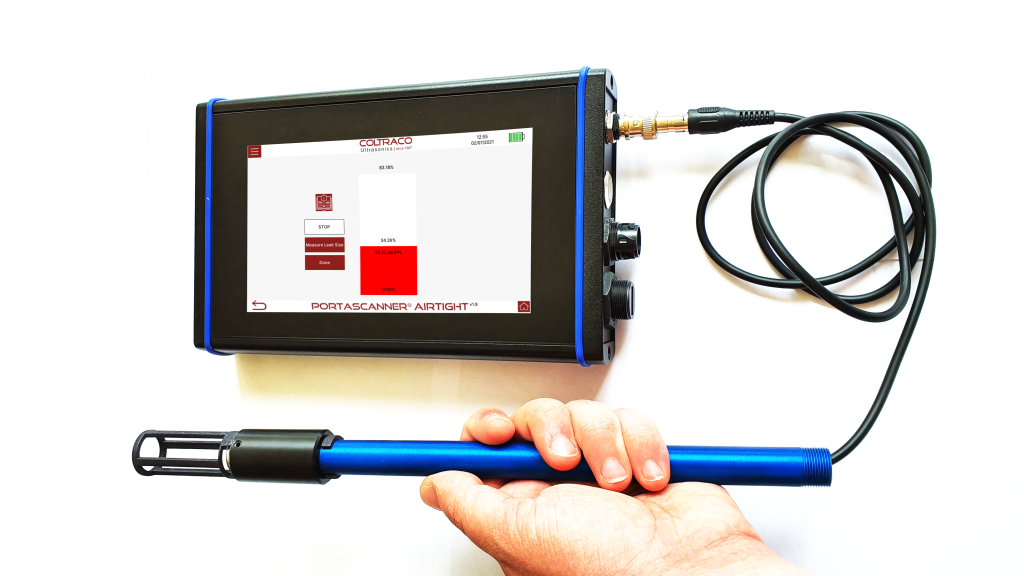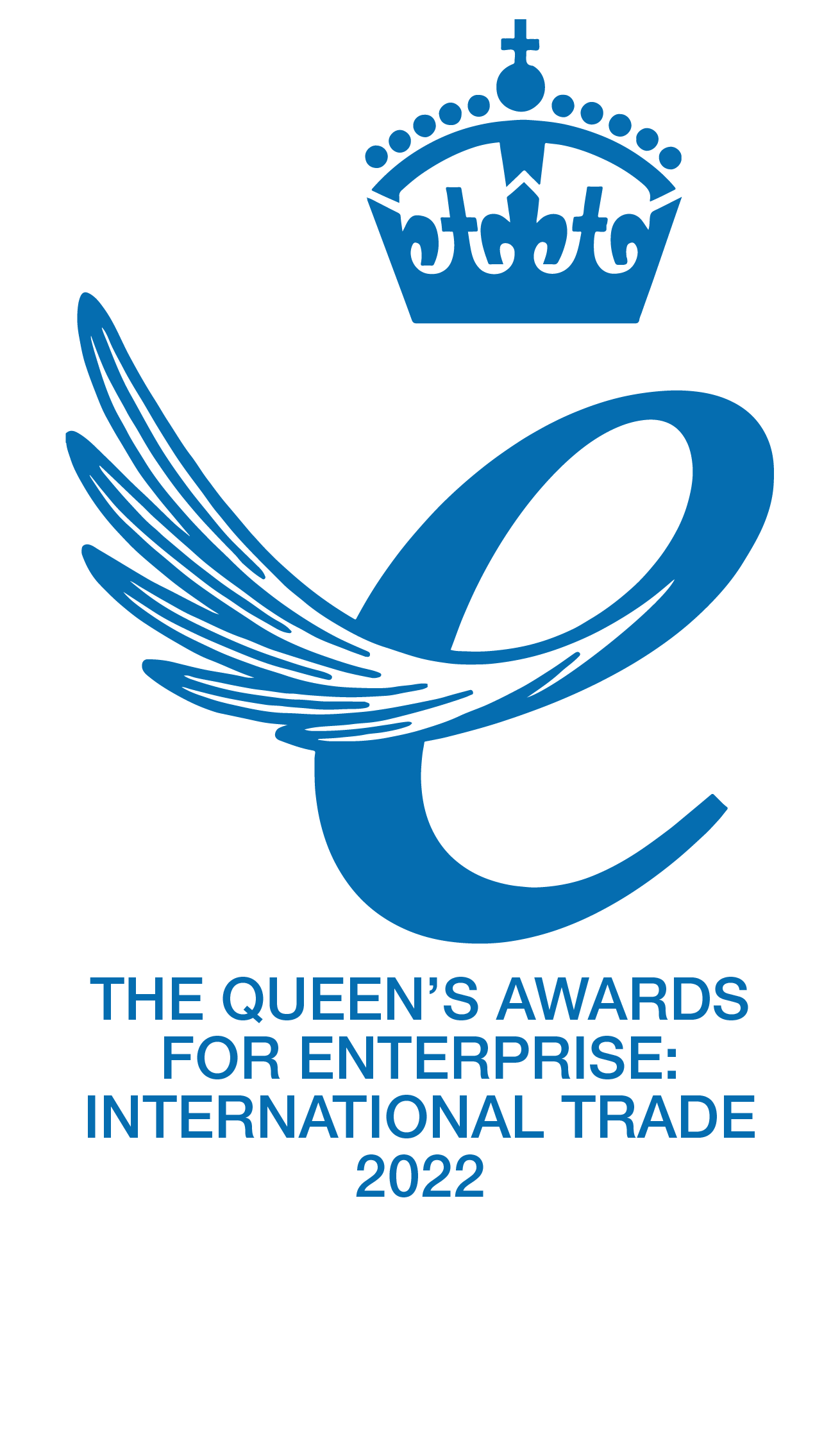Infection can be controlled by airtightness. Improving health – indoor air quality, thermal comfort + acoustic insulation. A 2018 case study showed that existing protocol for Infection Prevention and Control was found to be ‘disappointing’, with only ‘44% of units involving IPC in training on a regular basis.’ A December 2020 study on COVID-19 indicates that 56% of air samples taken from hospital hallways and 24% from hospital bathrooms have high levels of coronavirus.
In November 2022, the recent Lancet COVID-19 commission report stated “Severe acute respiratory syndrome coronavirus 2 (SARSCoV-2) and other respiratory pathogens are effectively transmitted through the inhalation exposure route indoors, mostly in places with inadequate ventilation and filtration. Current building standards, however, promote bare-minimum ventilation and filtration targets that do not protect against infectious disease transmission. There is urgency in setting new minimum standards that can help reduce respiratory disease risk indoors and promote better health overall.”
The Lancet COVID-19 commission report focused on ventilation, filtration, and air disinfection techniques for reducing the transmission of airborne infectious diseases indoors and discuss common building HVAC systems, current standards, and how the standards are set. It also described different approaches for calculating the equivalent delivery rates of non- infectious air. Also, it reviewed three of the most common ventilation metrics air changes per hour, volumetric flow rate per person, and volumetric rate flow per floor area – and proposed new non-infectious air delivery rate (NADR) targets that exceed the current minimum standards.


Coltraco Ultrasonics develop technologies to solve seemingly impossible challenges, one of these unique technologies is the Portascanner® AIRTIGHT.
Increasing air changes to 6-12 per hour has been proven to reduce infection by up to 80%. Operating theatres require 15 air changes per hour. Infection control relies upon on air changes per hour and airtightness, by replacing stale infected air with pure fresh air and stopping it getting into other part of the hospital. Portascanner® AIRTIGHT calculates the Air Changes Per Hour (ACH) of a room or building from all leaks that have been detected and quantified.
The Portascanner® AIRTIGHT is a world-first instrument that will:
– Identify leak sites with a microscopic level of accuracy.
– Measure and quantify them using sophisticated algorithms.
– Generate a value for the air flow rate through each leak.
– Calculate the building or room’s overall air permeability.
– Store photographic and quantitative data to generate traceable, exportable reports
With the Portascanner® AIRTIGHT users can calculate the airflow rate through leaks, generating an air permeability value for an entire room/ward, which the user can compare against the required value for pressurization.
This has three benefits:
– Planetary Health: Reducing CO2 emissions, both operational and embodied.
– Human Health: Access to pathogen-free, pure, fresh air; thermal comfort; and acoustic insulation.
– Building Health: Eliminating mould, rot, infestation, condensation, and ensuring watertightness, fire prevention, and suppression.






